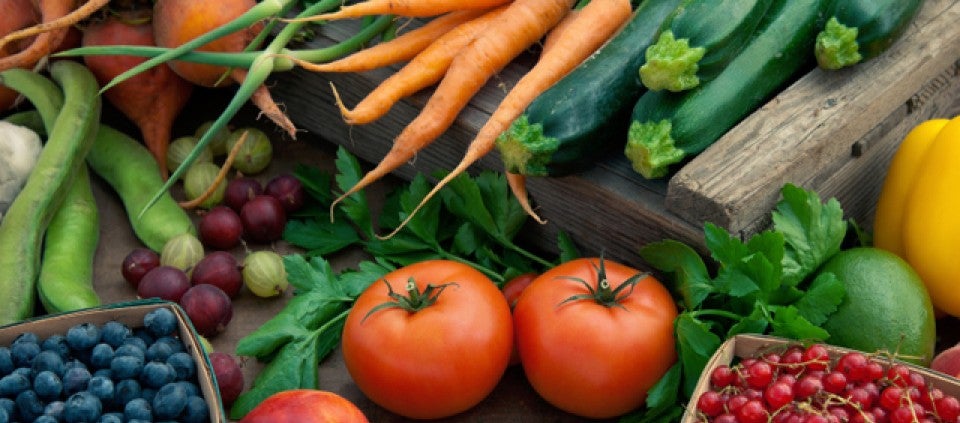Me Eat. You?

It used to be called dieting. Now our food restrictions, most of them self-imposed, are called a lifestyle choice. From the vegetarian, vegan, and dairy-free to nut-free, low-fat, no fat, no carb, and raw, pretty much everyone’s not eating something.
The newest abstainers may be followers of the Paleo diet, also known as the “caveman diet” and populated by Loren Cordain, PhD, author of three books on the topic: The Paleo Diet, The Paleo Diet for Athletes, and The Dietary Cure for Acne. Cordain and other proponents of the Paleo diet argue for a return to prehistoric ways of eating, pointing out that the human body was designed to thrive on—and best digest—the foods available to us when we were hunter-gatherers: meat, vegetables, and fruits, but not dairy or grains. Before the invention of agriculture and processed foods, we were fitter and less disease-stricken, he argues; those who’ve had success on a Paleo diet, meanwhile, credit it for everything from losing weight to lowering blood pressure and eliminating acne. Like nearly any other restrictive way of eating, including veganism, the Paleo diet has dedicated followers and ardent detractors.
Of course, the downsides of modern American agriculture—from environmental destruction to an overreliance on GMOs—have been widely discussed. Most of us are already trying to cut down on processed foods if not grains specifically. At the same time, there’s some question about whether Paleo man really did, in fact, eat a diet comprised largely of meat and vegetables; many researchers argue that our ancestors were, in fact, largely vegetarians. In any case, isn’t the Paleo diet just an updated version of the ill-fated, heart-stopping Atkins diet?
Not quite. Though thePaleo diet eschews dairy and all grains—even whole ones—it allows for any type of fruit or vegetable. And Paleo needn’t be based on a diet of red meat: followers can opt for fish, eggs, and chicken. And they should, according to John Bagnulo, PhD, MPH, nutritionist and Kripalu presenter, who says that a Paleo diet can be healthful—with a few modifications.
“It’s right on to say that grains don’t do humans any favors,” says John. “Oatmeal, for example, might not be ‘turning on’ any genes that activate certain diseases, but it certainly isn’t contributing any nutrition to our diets. When it comes to metabolic improvement profiles, if you compare oatmeal to a bagel with cream cheese or, better, a Pop Tart, of course oatmeal is preferable. But oatmeal versus a handful of almonds and fruit? I’m quite sure oatmeal would not come out on top.” A Paleo diet heavy in fruits, vegetables, and lean protein, however, is invariably nutrient-rich.
What John doesn’t advise is a Paleo diet that favors red meat over all else. “The problem I have with the Paleo diet is that it often gives red meat a free pass,” he says. “Paleo eaters also forgo beans and legumes, though studies show that populations that eat beans on a daily basis are some of the world’s healthiest.”
© Kripalu Center for Yoga & Health. All rights reserved. To request permission to reprint, please e-mail editor@kripalu.org.